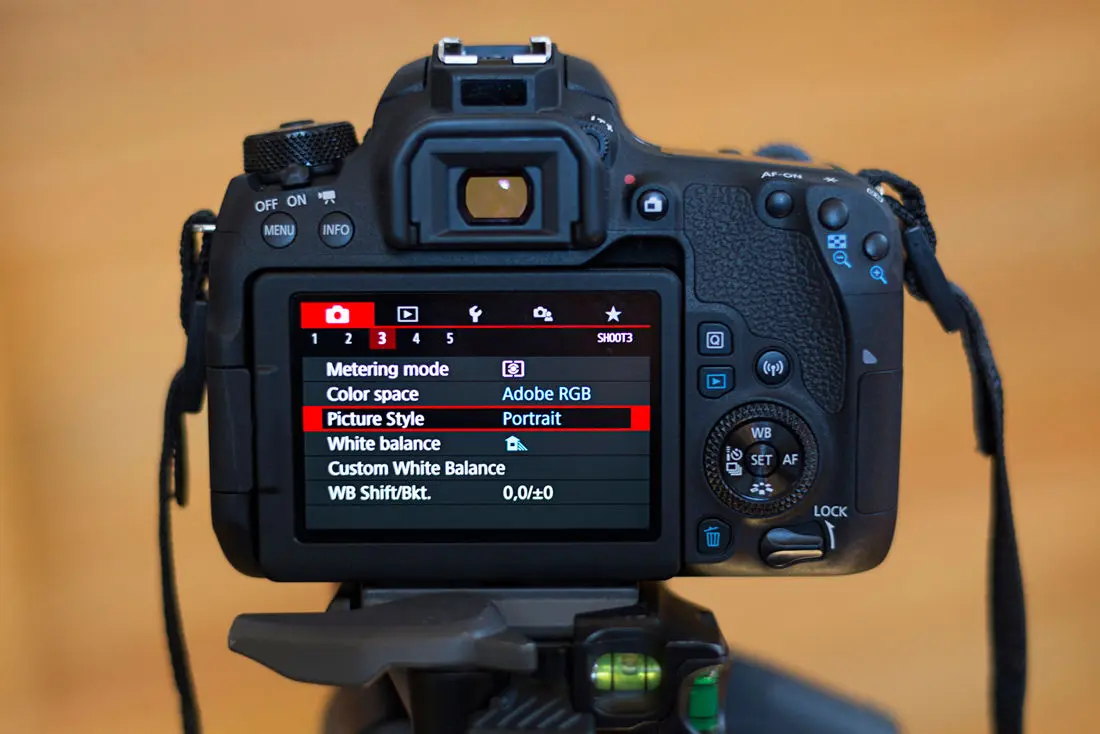Listen to this blog post:
Videos have become a powerful medium for storytelling, marketing, and communication. Whether you’re a seasoned professional or just starting out in the video production process, understanding the steps involved can make all the difference in creating high-quality content. This Helio marketing and advertising agency guide will walk you through every stage, from the initial planning to the final distribution, ensuring you have the tools and knowledge to produce outstanding videos.
Introduction to the Video Production Process
The video production process is a structured workflow encompassing all activities from conceptualization to the release of the final product. By following a well-defined process, creators can ensure their videos are engaging and aligned with their objectives. The process is divided into three primary phases: pre-production, production, and post-production. These stages are essential for effective planning, execution, and achieving the desired outcome. When each phase is executed meticulously, it results in a video project that fulfills its purpose while maintaining high-quality standards.
If you are interested in learning more about video marketing, read Helio’s guide on everything you should know about Video Marketing.
The relevance of a structured video production process must be considered. It provides a roadmap guiding every decision, ensuring the final video resonates with its intended audience. Furthermore, adhering to this guide allows teams to anticipate challenges, allocate resources efficiently, and streamline their workflows. Understanding these stages helps businesses and content creators maintain consistency and professionalism in their video production steps.
How to select a video production company in Dubai can greatly impact the success of your project, especially when you aim to produce high-quality content that resonates with your audience. By choosing a company that understands your goals and has experience in your industry, you can ensure the production process aligns with your vision.
If you need any help in your video production process, partnering with Helio production house dubai could be an option. Contact Us to know more About Us.

Step 1: Pre-Production – Planning and Conceptualization
Pre-production is the foundation of any successful video project. This stage is all about planning and developing a clear concept. The first step involves identifying the video’s purpose and goals. Are you aiming to inform, entertain, or persuade? Understanding your target audience is crucial here, as it helps shape the content to resonate with viewers. Once clarity is established, the next step is to craft a compelling script and storyboard. This ensures that everyone involved has a clear vision of the video’s direction, allowing smoother filming transitions.
Another vital element of pre-production is logistics. This includes location scouting, casting, scheduling, and budgeting. Choosing the right location sets the scene and contributes significantly to the video’s authenticity. Casting the right talent is equally important, as they bring the script to life. Effective scheduling and budgeting help avoid unnecessary delays and ensure the project remains on track. Investing time and effort in the pre-production phase will pave the way for a seamless video production process.
Creative concept development in video production is the cornerstone of pre-production. This involves brainstorming ideas and narrowing them down to a solid concept that aligns with the video’s objectives. Collaboration among team members is vital during this stage, as diverse perspectives often lead to innovative solutions. Once the concept is finalized, it’s time to move on to the production phase, where the vision comes to life through carefully executing the video planning steps.
Always remember that Visual Marketing is the Indispensable in Elevating Your Brand.
Read More: how to find the right digital marketing agency

Step 2: Production – Filming the Video
The production phase is where the magic happens—literally. It’s the stage where concepts are transformed into visual reality. Setting up the equipment is the first step, involving cameras, lighting, and sound. Proper equipment setup ensures that the footage captured is of the highest quality. Whether shooting indoors or outdoors, lighting plays a crucial role in creating the desired mood and ambiance. Sound is equally important, as clear audio enhances the viewer’s overall experience.
Collaboration is critical during filming. Directors, actors, and crew work together to capture the desired footage. Directors guide the actors, helping them deliver authentic performances, while the crew ensures everything runs smoothly behind the scenes. Real-time adjustments, such as retakes and improvisation, are standard during shooting. Flexibility and adaptability are essential for the entire team, as they contribute to capturing the best moments and maintaining the video’s integrity.
Efficient time management is crucial during production to avoid unnecessary delays. A detailed shot list and filming schedule help keep everyone on track. Despite meticulous planning, unforeseen challenges may arise, requiring quick thinking and problem-solving. By staying focused and committed, the team ensures that the production phase concludes with all the footage captured, setting the stage for the next phase: post-production.
Read More: video marketing law firms
Step 3: Post-Production – Editing and Finalizing the Video
In the post-production phase, raw footage is transformed into a polished masterpiece. Video editing is the heart of this stage, involving assembling clips, adding transitions, and enhancing visuals. Editors use specialized software to organize and arrange the footage, ensuring a coherent narrative flow. Smooth transitions between scenes contribute to a professional look, maintaining the viewer’s engagement throughout the video.
Audio elements play a significant role in post-production. Adding sound effects, background music, and voiceovers enhances the video’s impact. Sound design can evoke emotions and create a more immersive experience for the audience. Additionally, color correction is applied to ensure uniformity and visual appeal. The goal is to enhance the video’s aesthetics while maintaining consistency with the original vision.
Feedback and refinement are integral to post-production. Once the initial edit is complete, gathering input from stakeholders and team members is essential. Constructive feedback helps identify areas for improvement, ensuring the video aligns with the project’s goals. Multiple rounds of revisions may be necessary to fine-tune the final product. By the end of this phase, the video should be ready for distribution, meeting the highest quality standards.
Read More: digital marketing strategy for airlines

Step 4: Review and Revisions
Reviewing the edited video is a critical step before finalizing the project. Feedback from stakeholders and team members provides valuable insights for improvement. Constructive criticism helps identify aspects that require adjustments, whether improving the video’s flow, clarity, or alignment with the project’s goals. The review process ensures that the final product meets expectations and resonates with the intended audience.
Revisions are common in the video production process. Feedback rounds help refine the video’s content and structure. It’s vital to maintain version control to track changes and ensure that the latest version is always accessible. Quality checks verify that all elements, including audio, visuals, and transitions, are consistent and seamless. The review and revision phase guarantees the video is ready for distribution and free from errors or discrepancies.
Client approval is the final step in this phase. Once all revisions are made, the video is presented to the client for their feedback and approval. A thorough review ensures the video meets the client’s expectations and project requirements. Clear communication with the client during this phase fosters transparency and trust. With the client’s seal of approval, the video is ready to be shared with the world.
Read More: advantages of digital marketing in hospitality industry
| Stage | Description |
|---|---|
| Pre-Production | Planning, scripting, and organizing all aspects of the video before filming begins. |
| Production | Filming the video, setting up cameras, lighting, and directing talent. |
| Post-Production | Editing the footage, adding effects, music, and refining the final product. |
| Review & Revisions | Gathering feedback, making adjustments, and finalizing the video. |
| Distribution | Publishing and promoting the video across various platforms. |

Step 5: Distribution – Sharing the Final Video
The distribution phase involves sharing the final video with its intended audience. Various platforms, including YouTube, social media, and websites, are available for video distribution. Each platform has unique requirements, and optimizing the video for each is essential. Considerations such as file formats, video descriptions, and SEO strategies are crucial for maximizing the video’s reach and impact.
Promotion plays a significant role in video distribution. Paid advertising, social media marketing, and email campaigns are effective strategies for reaching a wider audience. By leveraging these tools, businesses can increase visibility and engagement. Ensuring the video is discoverable and shareable on various platforms enhances its potential to connect with viewers and achieve its intended goals.
Content optimization is a key aspect of video distribution. SEO strategies help improve the video’s searchability and visibility online. Crafting compelling video titles, descriptions, and tags enhances the video’s chances of reaching the right audience. Additionally, monitoring analytics and audience feedback provides insights for future improvements. The distribution phase marks the culmination of the video production process, allowing the video to make its mark in the digital world.
Read More: Helio digital marketing for insurance companies

Best Practices for Successful Video Production
Following best practices is essential for a smooth video production process. Staying organized throughout each phase ensures that tasks are completed efficiently and deadlines are met. Project management tools and timelines help track progress and allocate resources effectively. Regular communication between team members and stakeholders fosters collaboration and ensures everyone is on the same page.
Flexibility is key during the video production steps. Last-minute changes and unexpected challenges are common, and adapting to these situations is crucial. Maintaining a positive attitude and a proactive approach helps overcome obstacles while sticking to deadlines. Teams can ensure the project’s success by being open to change and quick to respond.
Time management is vital in video production. Each phase requires careful planning and execution to meet deadlines. Setting realistic timelines and prioritizing tasks ensures that the project progresses smoothly. Regular check-ins and progress updates help identify potential bottlenecks and address them promptly. Effective time management contributes to a successful and efficient video production outcome.
Read More: Factors for Choosing the Right Real Estate Social Media Marketing Company
| Platform | Best Use Case | Optimization Strategy |
|---|---|---|
| YouTube | Long-form content, tutorials, brand storytelling. | Use SEO-optimized titles, descriptions, and tags. |
| Short-form content, reels, brand highlights. | Use hashtags, engaging captions, and high-quality visuals. | |
| TikTok | Viral trends, challenges, fun brand engagement. | Follow trends, use popular sounds, and encourage engagement. |
| Business promotions, ads, community engagement. | Boost posts, run ads, and engage with comments. |
Conclusion
The video production process is a multi-faceted journey that requires careful planning, execution, and refinement. By following each step meticulously, content creators and businesses can produce high-quality videos that captivate their audience and achieve their goals. Each phase, from pre-production to distribution, plays a crucial role in the video’s success. By understanding and implementing best practices, teams can ensure a seamless production process that results in exceptional content.
Videos can convey stories, evoke emotions, and drive engagement. Whether used for marketing, education, or entertainment, videos are a versatile medium that continues to shape the digital landscape. By mastering the video production process, content creators and businesses can harness the potential of video to connect with their audience effectively.
For those looking to explore more about video production or seeking professional guidance, consider reaching out to industry experts or utilizing specialized resources. Whether you’re an aspiring filmmaker or a business looking to enhance your marketing efforts, understanding the video production steps will empower you to create impactful and meaningful videos. If you need help, the Helio advertising company is here. Helio Video Production Agency, with innovative strategies and helpful services, will take your video production to the next level. Not only in the production house, Helio offers you practical solutions in its other departments:





